recent articles
- How many blades should your ceiling fan have?
- How far should recessed lights be from a ceiling fan?
- How to make a ceiling fan light brighter
- How to install a ceiling fan remote
- Everything you need to know about ceiling fan light kits
- AC Vs. DC Ceiling Fans: Which One Is Right For You?
- Choosing The Right Blade Material For Your Ceiling Fan: Factors To Consider
- Efficient Fan Usage: Tips For Using Ceiling Fans To Supplement Your HVAC System
- Energy-Efficient Cooling: Exploring The Advantages Of DC Motor Ceiling Fans
- Choosing The Right Ceiling Fan: A Comprehensive Buyer's Guide
- 5 Fan-Tastic Ways To Maximize Your Fan’s Efficiency
- Mastering the Art of Uninstalling a Ceiling Fan: A Step-by-Step Guide
- Enhancing Comfort: Mastering Wall Fan Sizing and Positioning
- Ceiling Fans Vs. Air Conditioners: Pros And Cons For Different Situations
- Bladeless Ceiling Fans : The Future of Home Cooling
- Misting Fan Buying Guide
- What Is CFM in a Ceiling Fan?
- Which direction should my Ceiling Fan spin in Winter?
- The Matthews Fan Company Story
- What Size Ceiling Fan Do I Need
How far should recessed lights be from a ceiling fan?
How Far Should Recessed Lights Be From A Ceiling Fan?
The distance between recessed lights and a ceiling fan is often a common question during the remodeling of your space or the installation of a new fan. However, multiple answers depend on the situation. Todays Fans has prepared a guide to help you find out how far to space recessed lighting from your ceiling fan.
Key Considerations in Distance Selection
It's not difficult to select the distance right between your recessed lights and ceiling fan. Here’s what you need to consider to make sure your rooms are well-lit and comfortable.
- Think about what happens in the room. In a kitchen or study where you need good lighting for tasks such as chopping or reading, ensure that the light is directed towards its intended location without being blocked or creating annoying shadows from the fan. To create a relaxed atmosphere in living rooms, aim for soft light that fills the space well without being obstructed by the fan.
- If the ceilings are high in your room, you should pay more attention to the distance between your lights and the fan. Putting lights too near the fan can hinder their ability to spread light evenly throughout the room so that some areas will be too dark. The higher the ceiling, the more space you need between each light and the fan to ensure that light distribution is not impacted.
- If your fans have wider blade spreads and cast large shadows, it's best to place your recessed lights farther away to avoid something like flickering or uneven lighting. Smaller fans pose less of a problem and allow for more flexibility in locating your lights.
- Also, consider how your recess lights diffuse light throughout the room. Wide-beam lights that scatter light broadly are excellent for general illumination, but they may require careful placement to prevent interference from the fan. Spotlights or narrow-beam lights focus light more intensely on specific spots, so you'll need to place them where the fan won’t cast moving shadows through their beams.
Balance these factors to find an optimal setup. And, of course, don't forget about some technical aspects.
Technical Aspects
When you're mixing air circulation with lighting, keep in mind the following technical aspects:
- First, it's important to understand lumen (the total amount of visible light emitted by a source) and lux (lumens per square meter). To achieve more concentrated light in kitchens or reading nooks, consider higher lux values. It's important to position your fan properly to avoid creating a "disco" effect. Aim for a balanced spread that ensures ample, steady light where you need it.
- The beam angles of different recessed lights are not similar. Narrow beams focus light intensely on a small area, while wider angles spread light over a larger space. If you place a narrow-beam light too close to a fan, it can produce a spotlight effect, with shadows flickering across the room as the blades rotate. Wider beams offer more forgiveness, but they still should be placed carefully to avoid the flickering effect when intersected by fan blades.
- The color temperature of your lights can also affect how you perceive the space. Warmer tones (measured in Kelvin, with lower numbers indicating a warmer hue) create a cozy atmosphere ideal for bedrooms or living areas, while cooler temperatures are better for kitchens or offices. The proper distance between the lights and the fan ensures that these color temperatures illuminate your space evenly, without any shadows or areas of darkness that cool down the warmth or disrupt the intended ambiance.
- Think about the fan's efficiency. Recess lights shouldn't impede air circulation nor should they be placed in a way that creates a strobe-like effect with the blades.
Start with recommended distances and adjust based on your room’s specifics and your personal preference. But what are those recommended distances? Read on to find out the answer.
Specifics of the Distance Between Recessed Lights
So, how far to space recessed lighting? In general, it is recommended to keep recessed lighting about 3 feet away from the ceiling fan's edge. This distance helps minimize shadows while allowing for an even spread of light across the room. The amount of light required varies depending on the room's size and height. In larger rooms with higher ceilings, adjusting the distance slightly may be necessary to achieve adequate illumination.
How Far From Ceiling Fan Recessed Lights
To get the lighting and fan setup in your room just right, use these tips:
- Measure your room and use its dimensions to gauge how much space you'll need to cover with both lighting and airflow. In larger rooms, it's best to place your lights farther apart while in smaller rooms, everything should be closer together to ensure the area gets enough light and air.
- The diameter of your ceiling fan can affect how you space your recessed lights. A larger indoor or outdoor fan will likely require more distance to prevent any interference with the light distribution.
- Higher ceilings necessitate placing recessed lights closer to the fan to maintain effective lighting, as the light has more distance to travel before reaching the living spaces.
- Natural light changes throughout the day, so that shadows can become a nuisance. Dimmable recessed lights will enable you to adjust your lighting on the fly.
Just pay attention to the finer details and adjust them until everything feels cohesively balanced. That's how you'll create a well-lit, cozy space.






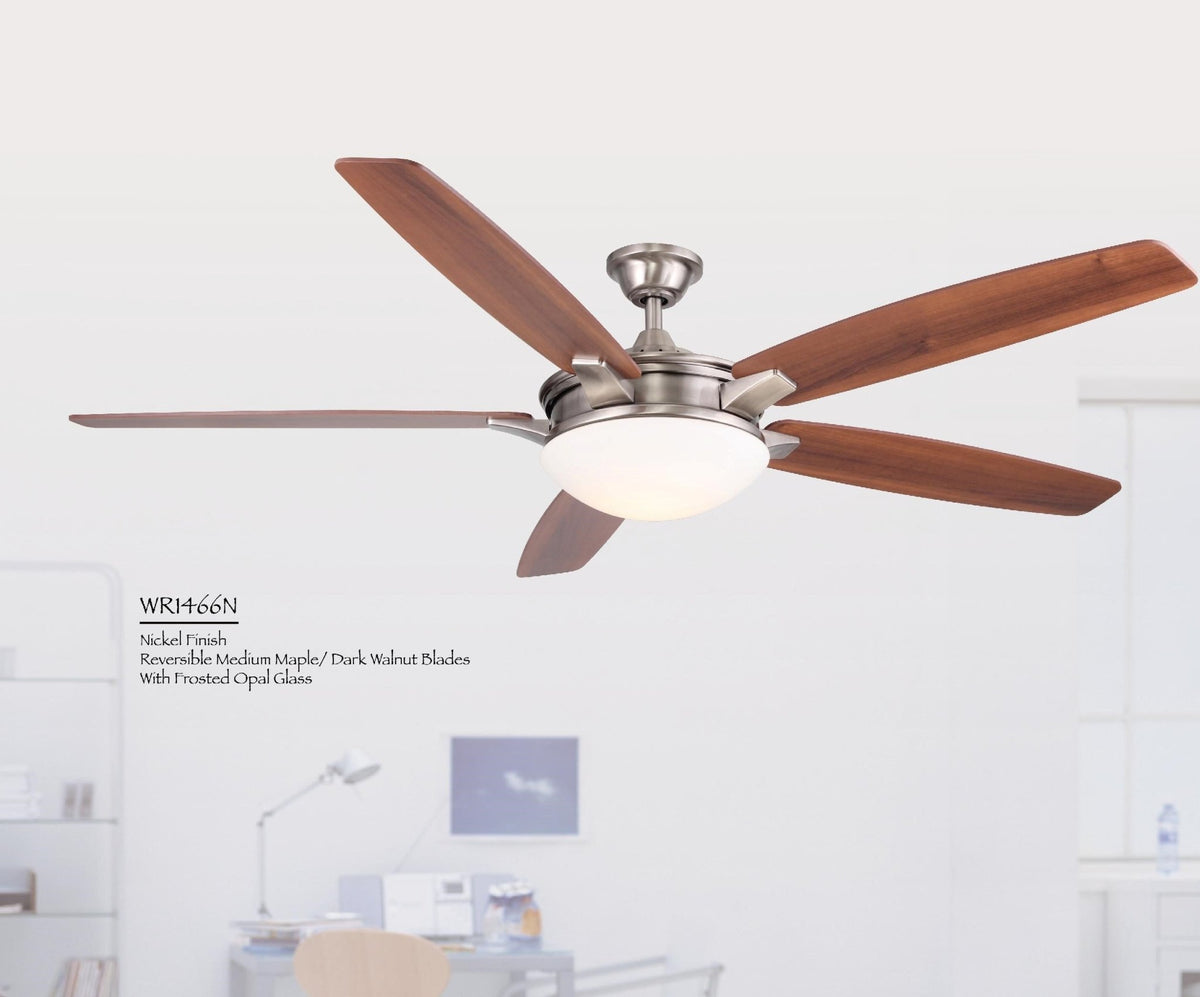
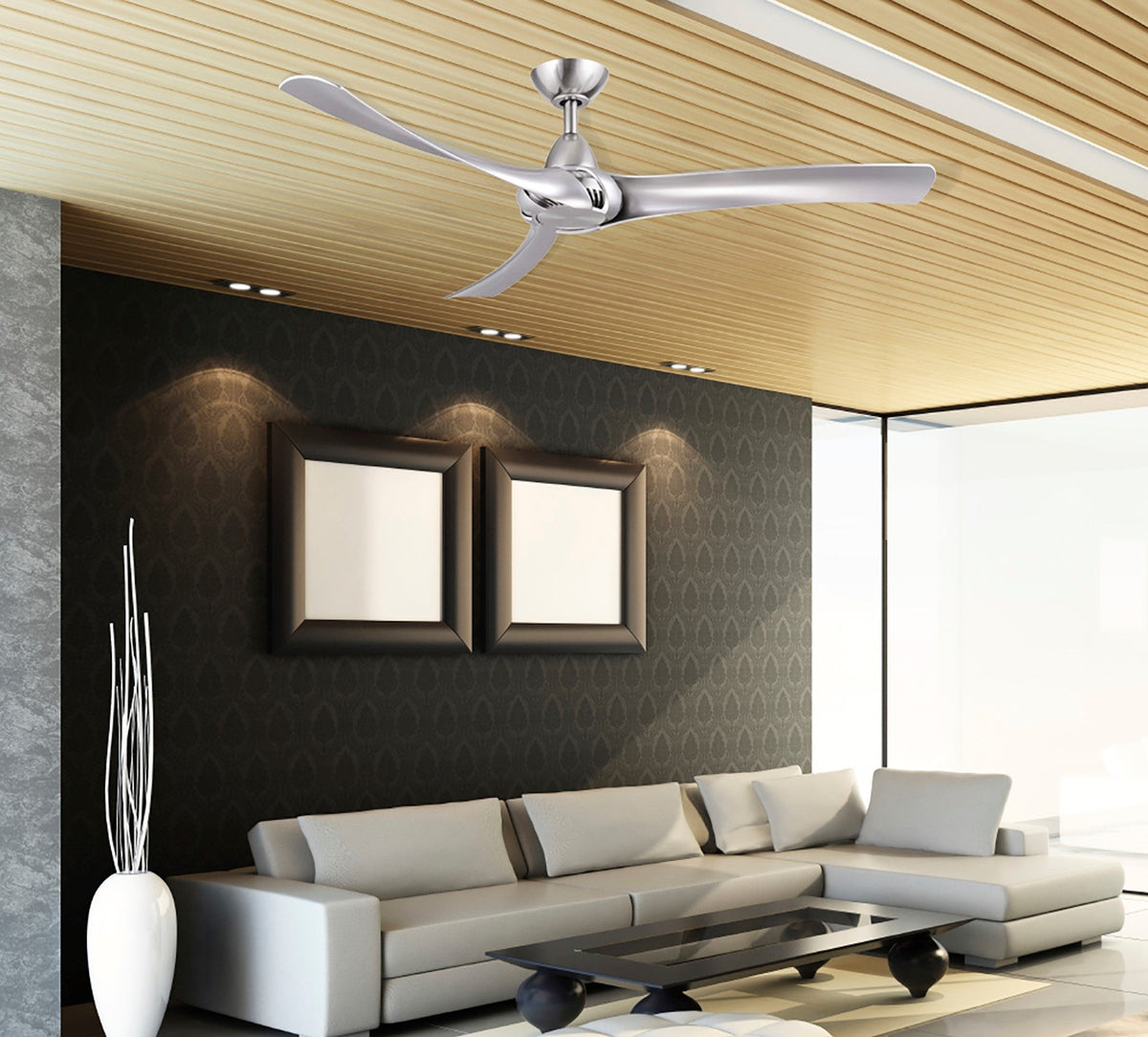
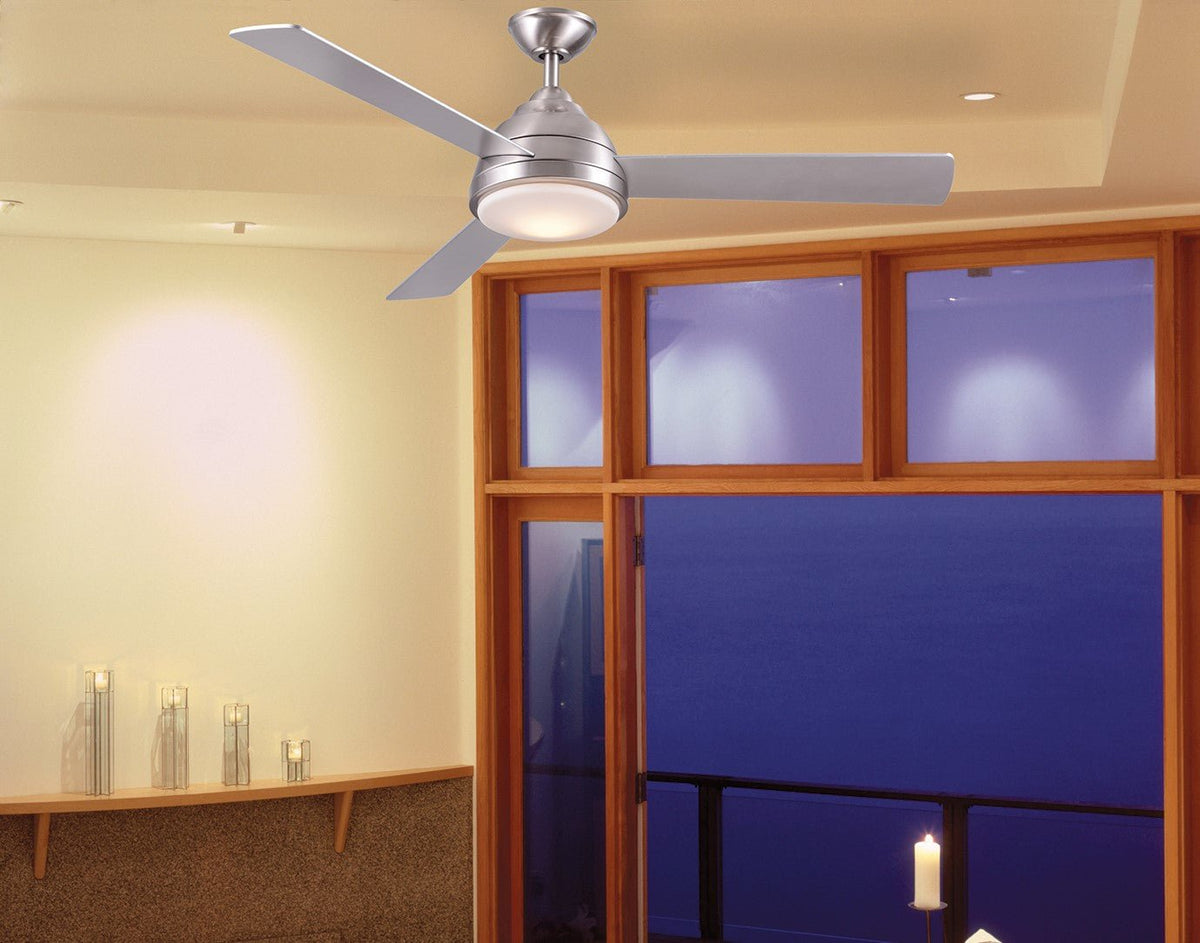
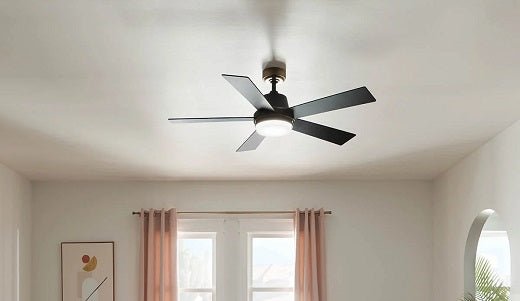
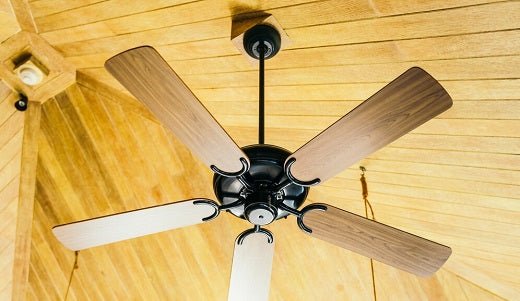
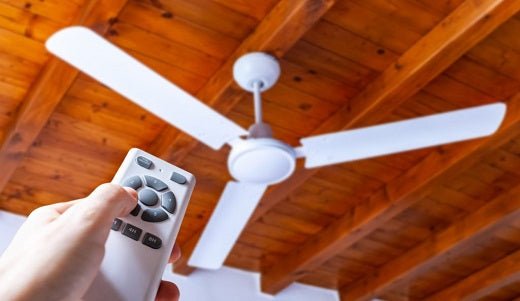


Shaya Meyer